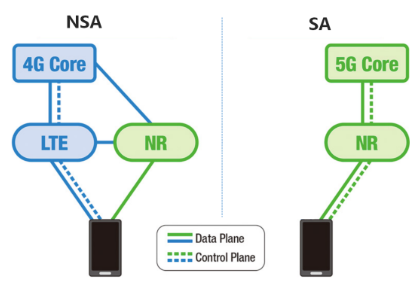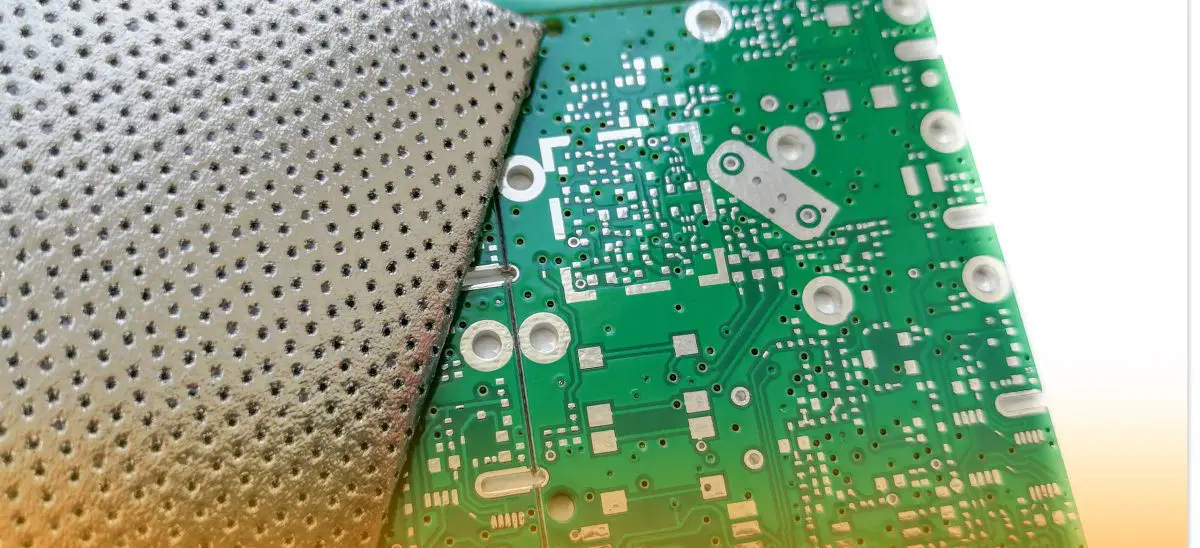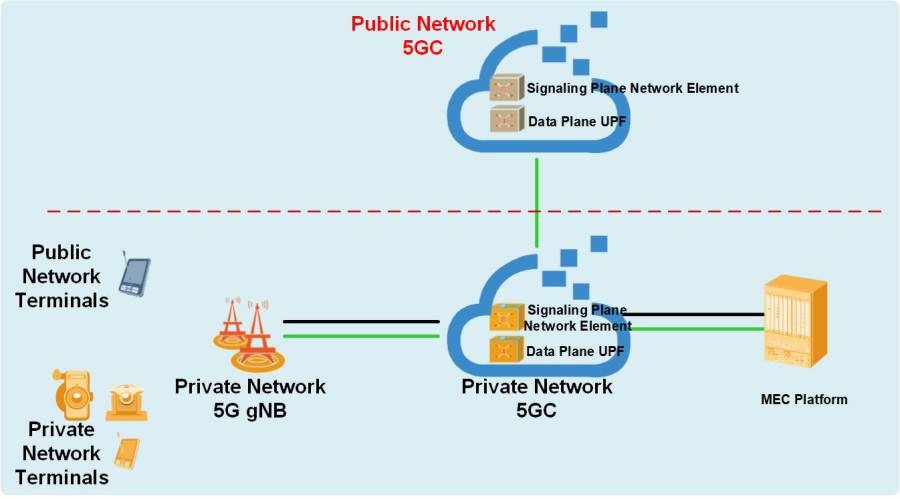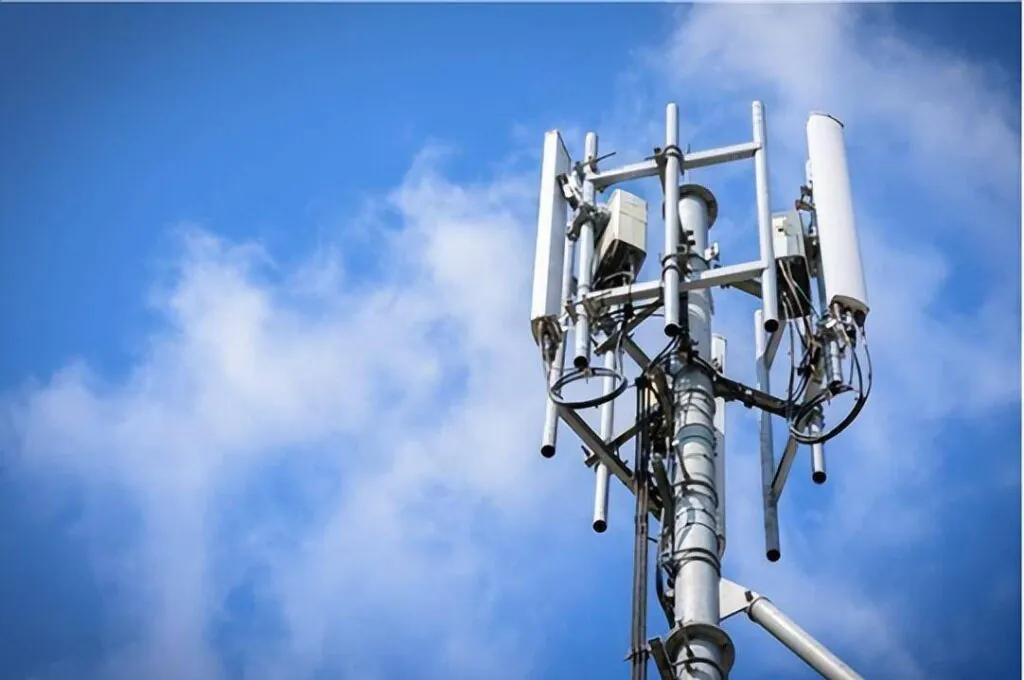With the finalization of the 3GPP Release 17 RedCap standard, the electronics industry is increasingly focused on RedCap technology. To effectively integrate RedCap into various sectors, it¡¯s essential to define its role within the 5G ecosystem, analyze the challenges and demands of current 5G industry development, and leverage its technical advantages to foster a mature ecosystem and accelerate its deployment. This supports the digital transformation of diverse industries.
RedCap, or Reduced Capability, balances performance, cost, and power consumption by enabling user equipment to benefit from 5G NR¡¯s large-scale deployment without supporting all complex 5G features. Its primary applications include industrial wireless sensors, video surveillance systems, and wearable devices.
Key RedCap Technologies
RedCap, a lightweight 5G terminal, is distinguished by several characteristics:
- Compared to traditional 5G terminals, RedCap reduces terminal complexity by approximately 60%.
- It supports seamless integration into existing 5G networks through smooth upgrades.
- RedCap retains core 5G NR advantages, such as low latency, high reliability, service assurance, low power consumption, and strong coverage, allowing flexible deployment based on application needs.
Reducing Terminal Complexity
RedCap achieves a balance between cost, power, and performance by reducing terminal complexity through techniques such as:
- Maximum Bandwidth: In the FR1 band, RedCap reduces the maximum bandwidth from 100 MHz for standard NR UE to 20 MHz, suitable for low-bandwidth 5G terminal communications.
- Antenna Capability: Traditional NR UE supports 2T4R antennas, while RedCap reduces this to 1T1R or 1T2R.
- Maximum Modulation Order: Unlike NR terminals supporting 256QAM, RedCap supports a minimum of 64QAM for uplink and downlink.
- Duplex Mode: RedCap supports FD-FDD and TDD, introducing half-duplex mode for enhanced flexibility.
- PDCP SN and RLC-AM SN Length: To lower buffering requirements, RedCap reduces the length from 18 bits to 12 bits.
Capability Characteristics
Basic Capabilities
For networks, introducing RedCap devices primarily impacts the random access channel (RACH) process and device connection maintenance, requiring adaptation to specific functional characteristics.
Cell Camping and Access Control
RedCap UE can camp on cells supporting RedCap, with networks able to restrict access for different types, such as 1Rx or 2Rx terminals. Access control features include:
- System information includes IFRI (IntraFreqReselectionRedCap: allowed, notAllowed) to indicate whether RedCap UE can select or reselect to same-frequency cells.
- Access permission or denial settings for 1Rx/2Rx RedCap UE.
- LCID identifiers in Msg3/MsgA to indicate and recognize RedCap devices.
Mobility Features
For scenarios like wearables requiring mobility, RedCap supports critical processes such as cell selection, reselection, and handover, which are fundamental to its capabilities.
Efficient Access Features
Terminal Identification
Terminal identification enables 5G networks to quickly recognize RedCap terminal types at various stages, allowing timely permission or denial strategies.
Initial BWP Configuration
Bandwidth Part (BWP) is a unique 5G feature critical for RedCap¡¯s efficient access and coexistence with traditional 5G terminals. When the initial BWP bandwidth for traditional 5G terminals is 20 MHz or less, it can be shared with RedCap terminals for compatibility and resource sharing.
Dedicated BWP Configuration
Dedicated BWP configurations enhance RedCap¡¯s efficient access. Networks configure independent uplink or downlink dedicated BWPs for RedCap terminals in RRC connected state. When downlink dedicated BWPs exclude CD-SSB, NCD-SSB can be configured, enabling measurements for RLM, BFD, and terminal capability reporting.
Power Optimization Features
For power-sensitive devices like wearables, RedCap focuses on power optimization through features like relaxed RRM (Radio Resource Management) measurements and extended discontinuous reception (eDRX), improving battery life and energy efficiency.
RRM Measurement Relaxation
Networks notify terminals of RRM measurement relaxation triggers via system messages. Terminals in static conditions or at cell centers can reduce neighbor cell measurements under specific conditions, lowering power consumption and extending battery life.
Extended Discontinuous Reception (eDRX)
RedCap introduces eDRX to further reduce power consumption by extending the paging message monitoring interval. Terminals enter sleep mode during non-paging periods, saving energy. For RRC_IDLE terminals, eDRX cycles can extend to 10,485.76 seconds (approximately 3 hours); for RRC_INACTIVE terminals, up to 10.24 seconds. Longer eDRX cycles significantly increase sleep time, reducing standby power consumption.
RedCap Release 18 Evolution
RedCap inherits 5G NR¡¯s strengths in bandwidth, latency, reliability, and network slicing, making it suitable for diverse applications. It can integrate with technologies like URLLC, network slicing, UPF sinking, terminal energy saving, and coverage enhancement to empower vertical industries.
3GPP plans to advance RedCap in Release 18, focusing on further reducing terminal complexity and optimizing costs. Key directions include reducing UE bandwidth to 5 MHz in the FR1 band and lowering peak data rates, enabling broader adoption in low-cost, low-power scenarios.
 ALLPCB
ALLPCB







